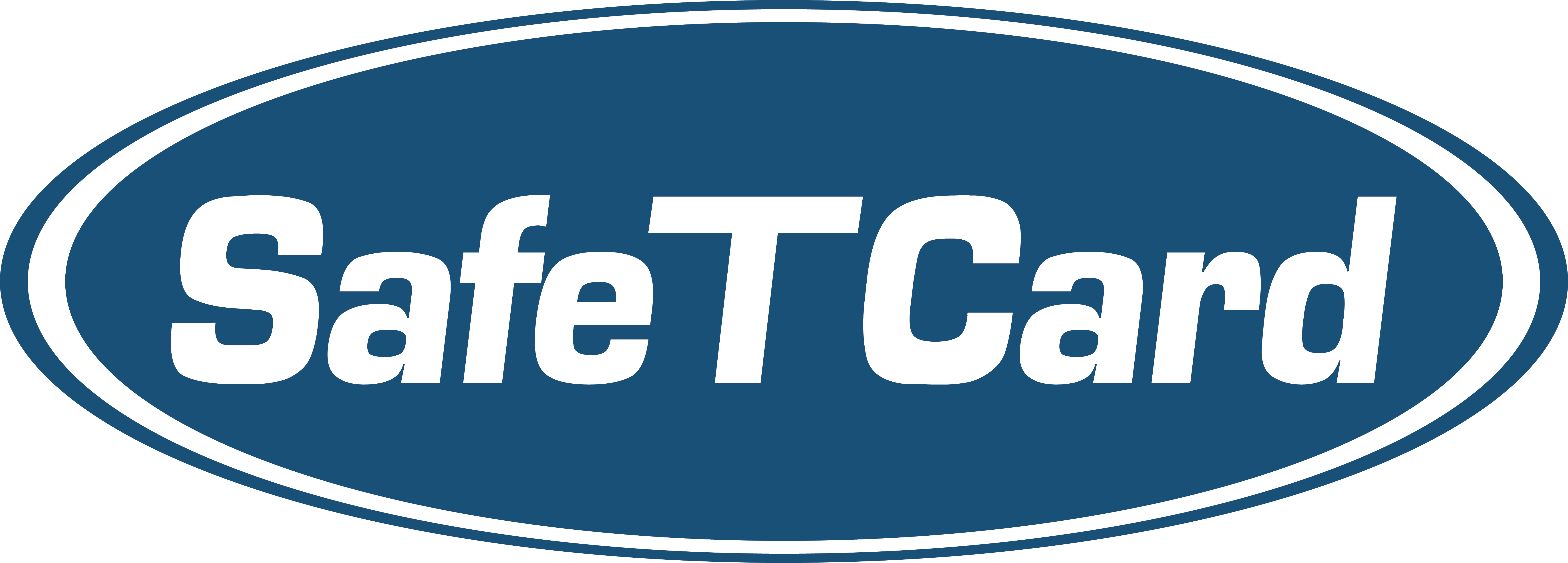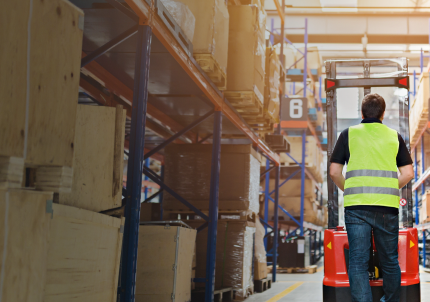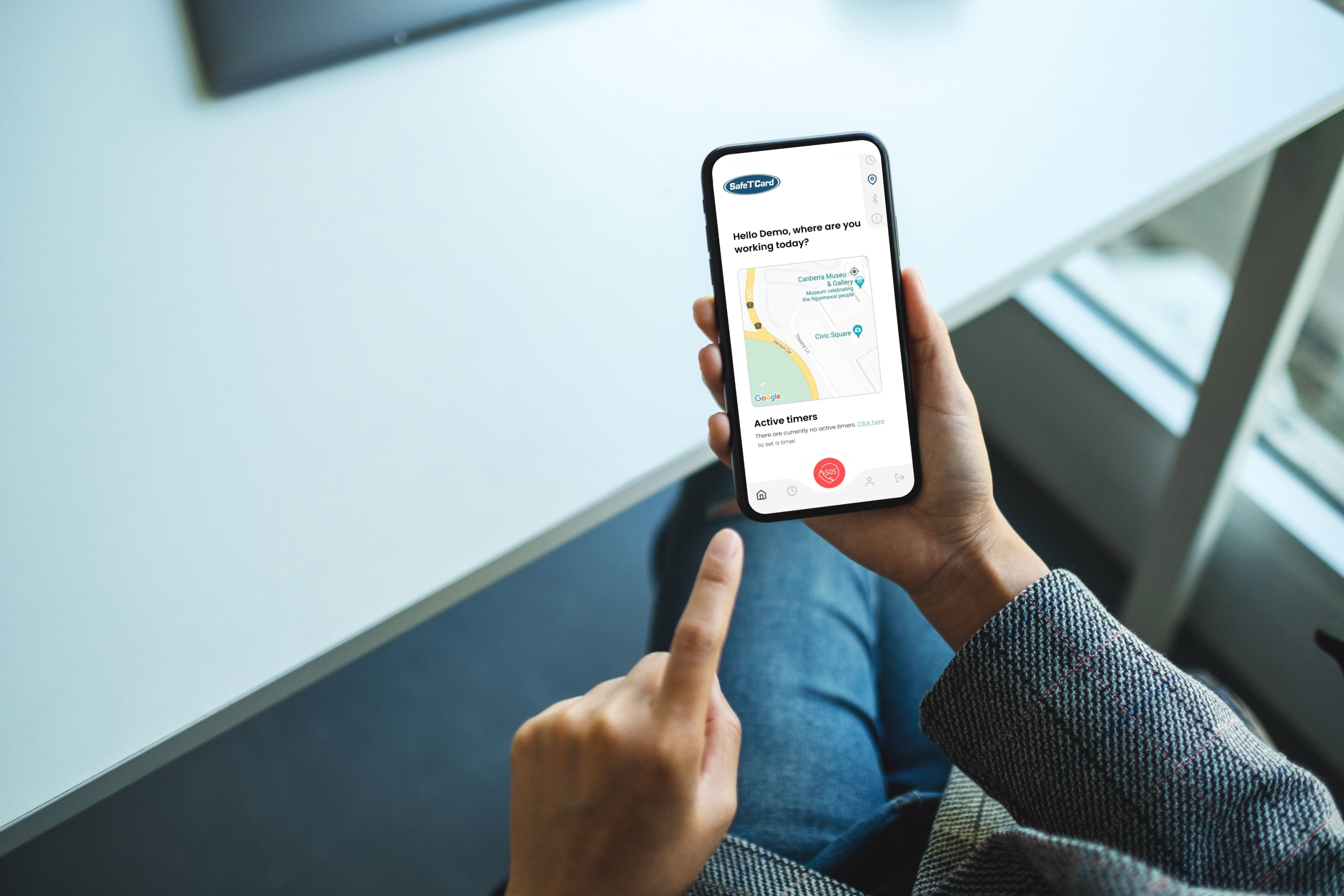In today’s evolving work landscape, one thing remains constant: the importance of safety. Each year, thousands of Australian workers are injured on the job, and many of these incidents are preventable. According to Safe Work Australia, the most common workplace injuries stem from risks that span across industries – from healthcare and construction to retail and local government.
As businesses strive to meet compliance and reduce costs associated with workers’ compensation, the path forward is clear: prevention is key. Below are the top 10 most common workplace injuries in Australia, along with strategies to keep your people safe.
1. Muscular stress from lifting or repetitive motion (body stressing)
This is Australia’s most common workplace injury, especially in healthcare, retail, and warehousing. It often results from repetitive movements, heavy lifting, awkward postures, or tasks performed over long periods without rest. These injuries can lead to chronic pain, long recovery times, and significant time off work.
How to prevent it:
Implement ergonomic assessments, provide manual handling training, rotate tasks to reduce strain, and design workstations that support proper posture and movement.
How SafeTCard helps:
While SafeTCard devices don’t directly prevent muscular stress injuries, they are invaluable in situations where a worker becomes incapacitated due to such an injury. The Man Down feature detects prolonged inactivity or unusual positioning, automatically sending an alert to the 24/7 monitoring centre. Additionally, before commencing tasks that involve heavy lifting or repetitive motion, workers can use the Audio Check-In to record their location and activity details, ensuring that in case of an incident, responders have precise information.
2. Slips, trips and falls
Common in nearly every industry, these incidents often seem minor but frequently lead to fractures, head injuries, and long-term mobility issues. Poor housekeeping, wet floors, uneven surfaces, or cluttered walkways are usually to blame.
How to prevent it:
Keep walkways clear, use non-slip mats or flooring, implement regular cleaning protocols, install proper lighting, and require appropriate footwear.
How SafeTCard helps:
The Man Down feature in SafeTCard ID, Companion and App devices automatically detects falls by sensing sudden movements followed by inactivity. Upon detection, the device sends an immediate alert to the monitoring centre, ensuring rapid response and assistance.
3. Being hit by moving objects
This risk is especially high in logistics, warehousing, and construction environments, where falling tools, unsecured loads, or vehicle movement can lead to serious injury. These incidents can cause concussions, fractures, or even fatalities.
How to prevent it:
Clearly mark exclusion zones, provide high-visibility PPE, train staff on load handling, and use barriers or physical controls to separate people from hazards.
How SafeTCard helps:
In environments with moving machinery or vehicles, the Man Down feature can detect if a worker is struck and becomes immobile. Additionally, the SOS Button allows workers to manually send an alert if they witness or are involved in such incidents, facilitating immediate assistance.
4. Psychological injuries (work-related mental stress)
Mental health-related injuries are rising rapidly and often result in the longest recovery times. Triggers include high workloads, poor management, bullying, or exposure to traumatic situations. Left unaddressed, stress can escalate into burnout, depression, or anxiety disorders.
How to prevent it:
Build a mentally healthy culture, train managers to identify early signs of stress, encourage open communication, and offer employee wellbeing programs and support services.
How SafeTCard helps:
For workers in high-stress environments, such as social services or healthcare, the SOS Button provides a discreet way to call for help during escalating situations. Knowing that support is just a button press away can alleviate anxiety and contribute to a safer work environment. Additionally, using the Audio Check-In to record details before entering potentially stressful or dangerous situations allows monitoring centres to have context, enabling more informed and timely interventions.
5. Vehicle-related incidents
Transport-related accidents are the leading cause of workplace fatalities in Australia, particularly in agriculture, logistics, and community services. Risk increases with fatigue, poor road conditions, long travel times, or lone work.
How to prevent it:
Mandate rest breaks, train staff in defensive driving, use vehicle tracking or duress systems, and implement journey management policies to reduce risks during travel.
How SafeTCard helps:
SafeTCard devices equipped with GPS allow for real-time location monitoring of workers on the move, when the device is activated. In case of an accident, the Man Down feature can detect inactivity, and the SOS Button enables workers to call for help instantly.
6. Falls from heights
Even a fall from a short height can result in life-altering injuries. These incidents remain a top cause of serious injury and death in construction, maintenance, and utility sectors.
How to prevent it:
Use fall protection systems such as harnesses and guardrails, conduct proper risk assessments, and never allow shortcuts in ladder or scaffolding safety.
How SafeTCard helps:
The Man Down feature is crucial in detecting falls from heights, automatically sending alerts if a worker is unresponsive. This ensures that emergency services are notified promptly, reducing the time a worker may spend without assistance. Additionally, prior to working at heights, workers can use the Audio Check-In to record their specific location and task details, facilitating faster and more accurate emergency responses.
7. Caught between objects or equipment
Being trapped or crushed between machinery or vehicles can cause devastating injuries, including limb amputations and fatalities. These events often occur when safety guards are removed or procedures aren’t followed.
How to prevent it:
Install physical barriers and interlocks, enforce lockout/tagout procedures, and train staff on safe machine operation and maintenance protocols.
How SafeTCard helps:
In such scenarios, the SOS Button allows workers to send an immediate alert if they are trapped or witness someone else in danger. The device’s GPS ensures that responders can locate the incident quickly.
8. Exposure to hazardous substances
Chemical burns, respiratory issues, and long-term conditions (like mesothelioma or dermatitis) can result from exposure to hazardous materials in sectors like cleaning, manufacturing, and healthcare.
How to prevent it:
Use the correct PPE, maintain up-to-date safety data sheets, train staff in safe handling, and implement proper storage and ventilation systems.
How SafeTCard helps:
While SafeTCard devices don’t prevent exposure, they are essential in emergencies. If a worker is exposed to a hazardous substance and becomes incapacitated, the Man Down feature will detect the inactivity. Alternatively, the worker can use the SOS Button to call for immediate assistance. Recording a 20 second voice message through the Audio Check-In functionality before handling hazardous substances provides crucial information about the materials and procedures involved, aiding emergency responders in delivering appropriate care.
9. Electrical injuries
Electric shocks, burns, and arc flashes can result from contact with faulty wiring, exposed circuits, or unqualified handling. These incidents often occur during maintenance or installation tasks.
How to prevent it:
Only allow licensed professionals to perform electrical work, perform regular safety inspections, and strictly enforce lockout/tagout procedures.
How SafeTCard helps:
In the event of an electrical injury where a worker cannot call for help, the Man Down feature detects the lack of movement and sends an alert. If the worker is conscious, the SOS Button provides a quick way to request assistance. Before starting electrical work, using the Audio Check-In functionality to record the task details and location ensures that monitoring centres have immediate context in case of an emergency.
10. Heat stress
Heat exhaustion and heatstroke are serious risks in Australia’s climate, particularly in construction, agriculture, and outdoor roles. Symptoms can escalate quickly and become life-threatening.
How to prevent it:
Schedule physically demanding work for cooler times of day, ensure workers have access to shade and hydration, and train them to recognise early signs of heat illness.
How SafeTCard helps:
The Man Down feature can detect if a worker becomes unresponsive due to heat stress, ensuring timely intervention. They can also activate the Audio Check-In functionality before commencing work in high-temperature environments allows workers to record their location and expected duration, aiding in prompt assistance if needed.
Prevention pays off
Safe workplaces don’t happen by chance. They’re built through planning, prevention, and a genuine commitment to protecting your people, whether you manage a healthcare team, a construction crew, a retail store, or a local council.
Most workplace injuries are not just predictable, they’re preventable. From slips and falls to mental health impacts and occupational dermatitis, each risk can be significantly reduced with the right mix of training, systems, and support. This isn’t just about compliance. It’s about avoiding costly claims, protecting lives, and fostering a culture where people feel valued and safe.
Personal safety devices play a vital role in that prevention strategy. When workers are equipped with tools like duress alarms or fall detection, they’re empowered to act quickly in dangerous situations, especially when working alone or in unpredictable environments. These devices don’t just alert others to an emergency; they deter threats, build confidence, and reinforce a culture of care.
If you’re ready to take a more proactive approach to safety, let’s talk about how SafeTCard can help protect your team, before the risk becomes reality.




